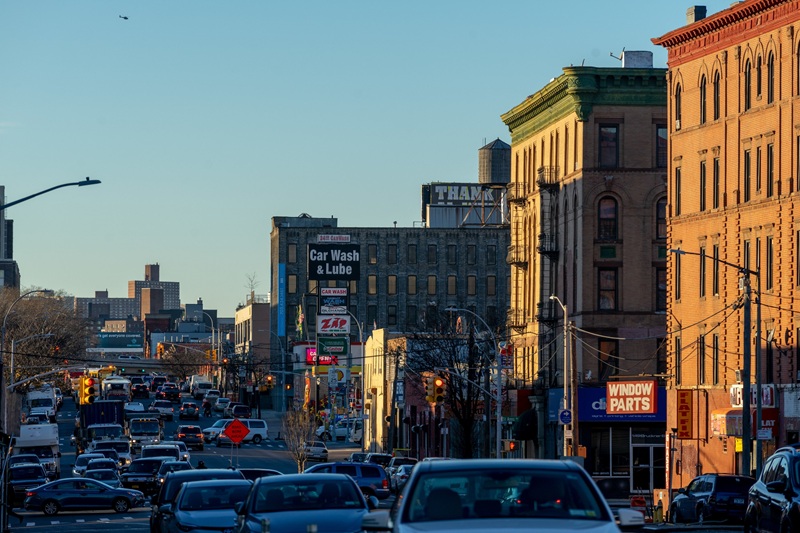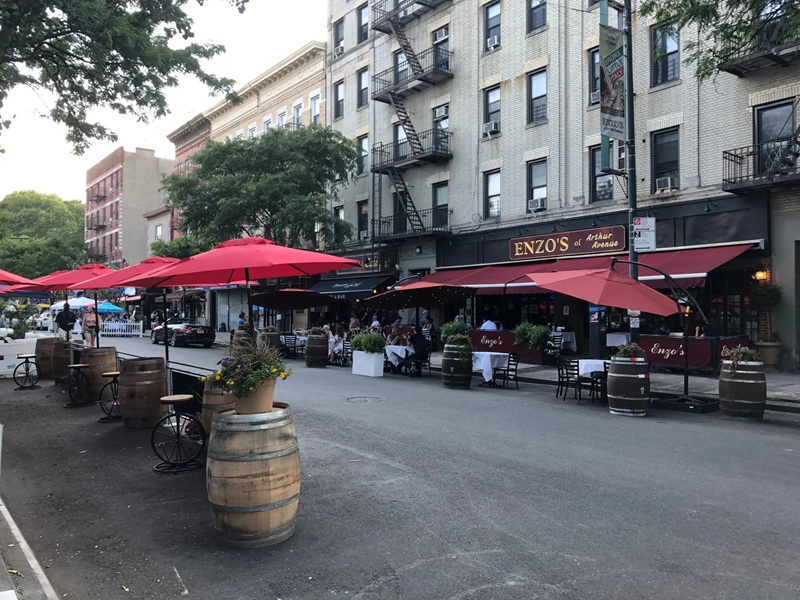
The South Bronx, a borough steeped in history, culture, and transformation, is a vibrant area of New York City. Over the decades, it has been a focal point for discussions about urban decline and revitalization, social change, and cultural innovation. Once synonymous with urban blight, the South Bronx today is a testament to the power of resilience and community-led revival.
Historical Background
The South Bronx, located in the southernmost section of the Bronx, has a rich history dating back to the 17th century when it was settled by European colonists. By the late 19th and early 20th centuries, the area had become a thriving hub for working-class families, particularly immigrants from Ireland, Germany, and later, Puerto Rico. With the advent of industrialization, the South Bronx grew as a center for manufacturing, drawing a diverse workforce.
Decline in the Mid-20th Century
The mid-20th century marked a period of significant decline for the South Bronx. A combination of factors, including systemic racism, redlining, urban renewal projects, and disinvestment, led to a rapid deterioration of the area. The construction of the Cross Bronx Expressway in the 1950s displaced thousands of residents and severed community ties. By the 1970s and 1980s, the South Bronx became emblematic of urban decay, with widespread poverty, arson, and abandonment of buildings.
During this time, the South Bronx was often unfairly stigmatized in popular media. However, the community’s spirit persisted, even in the face of adversity. Grassroots organizations, community leaders, and local artists worked tirelessly to bring attention to the area’s challenges and initiate change.
The Cultural Epicenter
Despite its struggles, the South Bronx has been a wellspring of cultural innovation, particularly in the realm of music and art. It is widely recognized as the birthplace of hip-hop, a global cultural movement that emerged in the 1970s. Pioneers like DJ Kool Herc, Grandmaster Flash, and Afrika Bambaataa laid the foundation for hip-hop in the parks and streets of the South Bronx, blending beats and rhymes into a new form of artistic expression.
The area has also been a hub for graffiti art, dance, and other creative movements, contributing to its reputation as a cultural epicenter. Institutions like the Bronx Museum of the Arts and organizations like BronxWorks continue to celebrate and promote the area’s rich artistic legacy.
Revitalization and Challenges
In recent decades, the South Bronx has experienced significant revitalization efforts. Community-led initiatives have played a key role in improving housing, education, and public spaces. Local businesses, affordable housing developments, and green spaces like the Bronx River Greenway have transformed parts of the borough, attracting new residents and visitors.
However, these changes have also sparked concerns about gentrification. Longtime residents worry about rising rents and the loss of the area’s unique character. Balancing growth with equity remains a pressing challenge for policymakers and community leaders.
The Future of the South Bronx
The South Bronx stands at a crossroads. While its past is marked by hardship, its present and future are defined by resilience and hope. The community continues to advocate for sustainable development that respects its history and prioritizes the needs of its residents.
With its rich cultural heritage, the South Bronx remains a beacon of creativity and determination. It is a living reminder that urban communities, no matter how beleaguered, have the power to rebuild, innovate, and thrive.
Conclusion
The story of the South Bronx is a powerful narrative of survival and renewal. It highlights the challenges of urban life but also showcases the indomitable spirit of a community that has refused to be defined by its struggles. As the South Bronx moves forward, it serves as an inspiration for other neighborhoods facing similar challenges and a symbol of the enduring power of hope and transformation.

